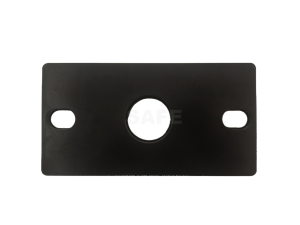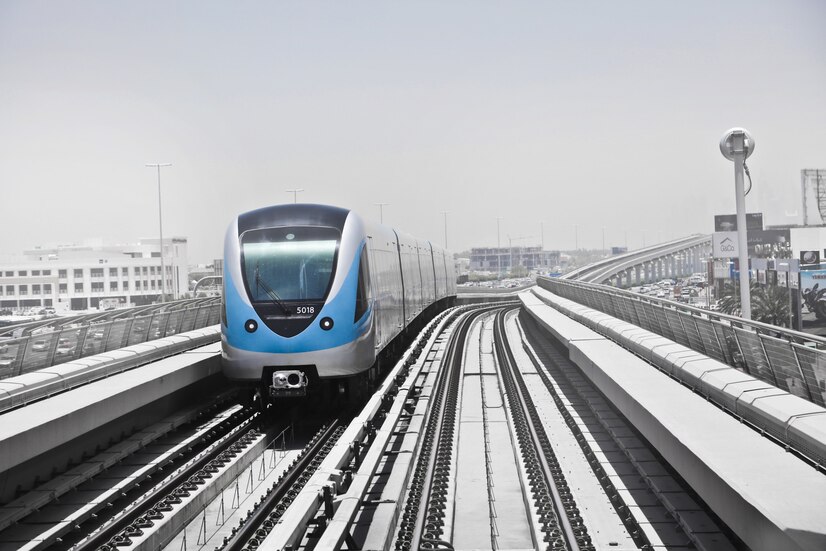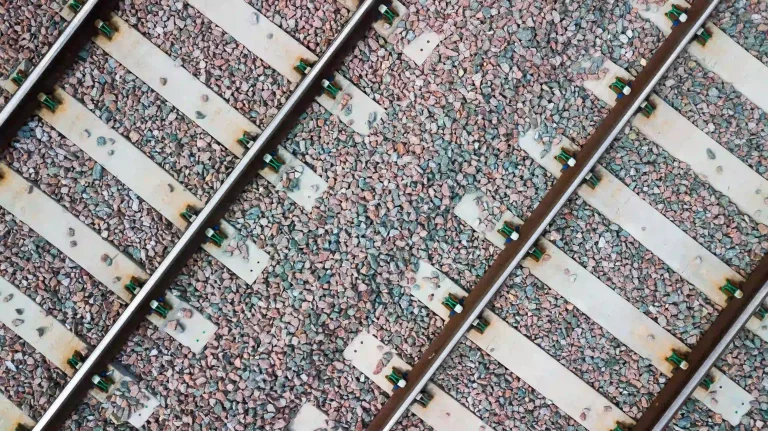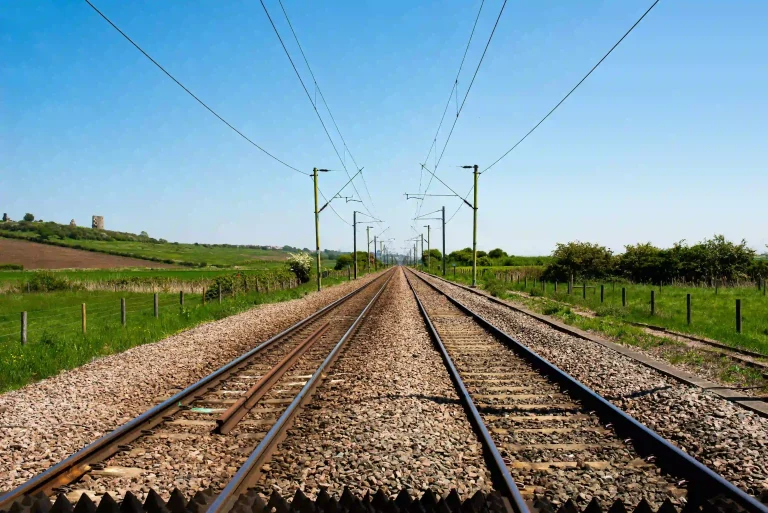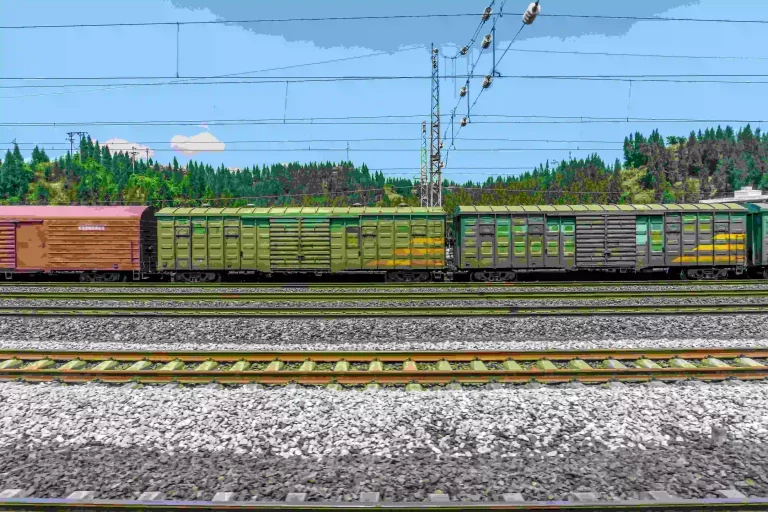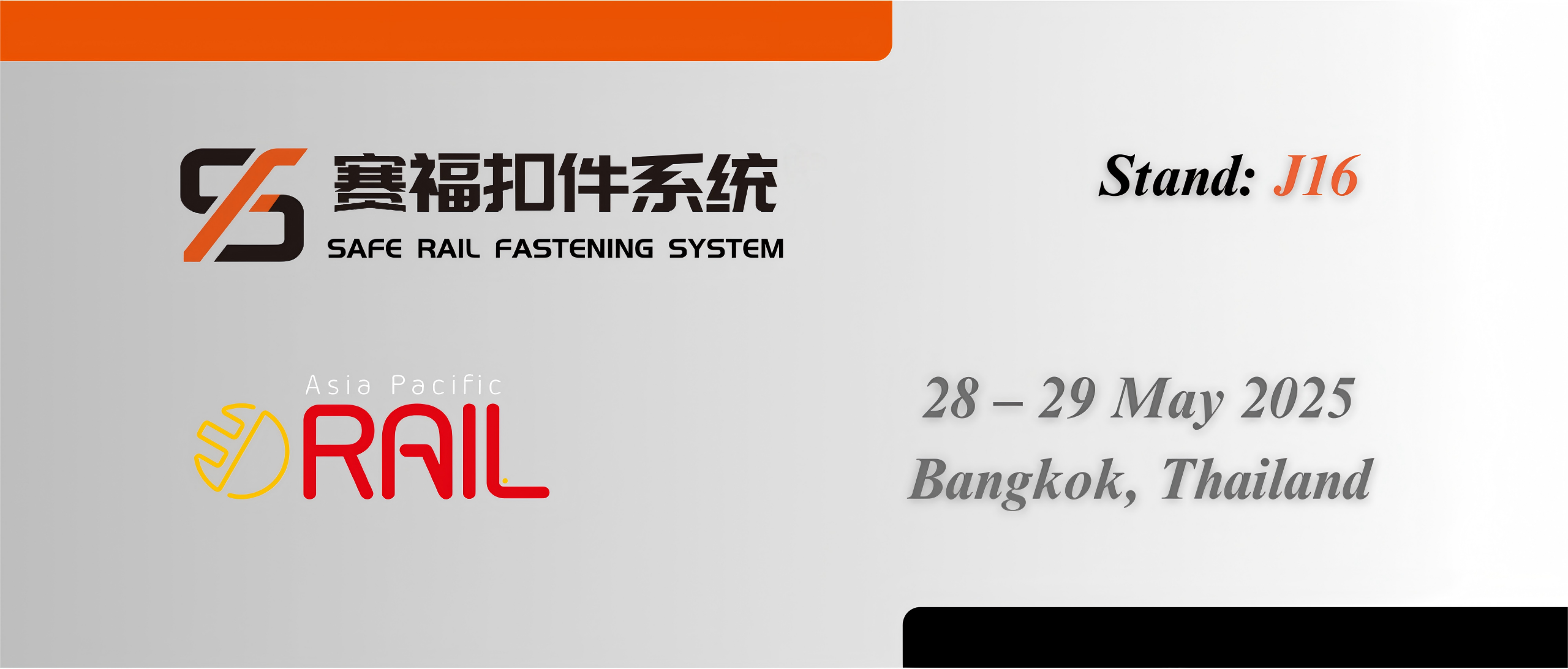The use of resilient tie pads is an important aspect influencing the high performance and service life of railway infrastructure. These elements, situated in-between the rail and tie aid support as well as cushioning by means of dampening any vibrations and sounds from trains. By doing so, resilient tie pads reduce the effect of dynamic forces exerted on the rail & ties which contributes towards achieving both overall safety and operational efficiency of a railway network.
Understanding Resilient Tie Pads
The Role of Resilient Tie Pads in Railways
Tie pads are capable of performing multiple roles in the railway. These pads promote improved load distribution, which prolongs the lifespan of both rails and ties and lowers maintenance costs over the long term. They further contribute to reducing rail vibration and noise, which is a win-win for the environment and passenger comfort. For rail systems to be able to endure such trains, resilient tie pads are also important as they provide stability under varying loads and offer the required amount of flexibility.
Key Features and Benefits of Resilient Tie Pads
Durable Tie Pads; These resilient tie pads are available in a variety of features. They are usually made of materials that offer high strength and durability to withstand severe loads that come with the daily operations of rail. In terms of advantage, these pads absorb shocks thereby lessening the frequency and costs of upkeep. The additional use of resilient tie pads can provide better rail alignment necessary for high-speed trains as well as safety accordingly enhancing the overall performance of railway systems.
Evaluating the Compatibility of Resilient Tie Pads with Your Railway System
Before incorporating resilient tie pads into your railway infrastructure, a full analysis of how the existing systems operate should be performed. Compatibility is crucial here because specifications and characteristics differ in railway applications. A comprehensive evaluation of existing infrastructure will emphasize and identify the needs as well as opportunities for improvement that resilient tie pads can restore.
Assessing Existing Railway Infrastructure
Evaluating your current rail infrastructure will entail several aspects, such as track type, loading conditions, and environmental effects. Identifying Incipient Wear and Tear Problems that Can Be Addressed Using Resilient Tie Pads To avoid wasting time on ineffective solutions, you must conduct a proper assessment which in turn will help inform the choice of the most fitting products for your requirements to ensure that the final solution meets safety standards while improving efficiency and sustainability.
Selecting the Right Resilient Tie Pads for Various Applications
Unfortunately, the elusive selection of the correct resilient tie pads is reliant on knowing how your railway will operate. The level of resilience, the thickness, and the formulation will differ for different applications. Navigating through all of this can become a lot easier if you work with seasoned suppliers, as they would be best placed to recommend the toughest tie pads based on your operational needs. Engaging with seasoned suppliers can simplify this process and ensure that you pick the most resilient tie pads to suit your operational needs.
Safe’s Range of Resilient Tie Pads Solutions
Safe supplies a full range of high-quality resilient tie pads to suit all railway requirements. As a result, their experience in producing durable tie pads allows them to guarantee uniformity between performance and longevity which is essential in sustaining unyielding railway infrastructures. The manufacturing process of resilient tie pads is an energy-intensive discipline and their know-how ensures high consistency in performance and reliability, which is very critical to maintain the integrity of railway infrastructures.
Overview of Safe’s Product Line
Safe offers a range of durable tie pads for various railway purposes. Such selection enables tailoring to specific operating parameters such as land configurations and environmental conditions. The advantage of forming partnerships with Safe is having experts in the field working alongside you to make sure what was chosen fits within budget and performance goals.
Unique Advantages Offered by Safe’s Resilient Tie Pads
With unique materials that offer durability and strength in both urban transit systems and heavy freight lines, Safe’s patented tie pads offer resilience as the right choice for resistant rail service. These products feature a unique engineering process that reduces noise and vibration while optimizing load distribution across your railway ties. Finally, Safe offers a new design of durable tie pads to promote rapid installation and suitability with other kinds of track types, making them attractive for anyone looking to improve the efficiency of their infrastructure.
Make your railway infrastructure better-performing, safer, and lower total life cycle costs from the operation of your railway for effective utilization of resilient tie pads. Solutions like those provided by Safe could undergo integration for these mentioned objectives resulting in a sustainability and efficiency-packed railway experience. Integrating solutions such as the ones provided by Safe can take you one step closer to these aims, fostering a sustainable and efficient railway journey.
Maintenance and Longevity
Maintaining the efficiency and functionality of resilient tie pads is key to maximizing their lifespan and effectiveness. Regular inspection and adherence to maintenance protocols ensure that the railway infrastructure remains safe and operationally sound. Scheduling periodic assessments can help in identifying potential issues early on, preventing costly repairs, and extending the longevity of both the tie pads and the overall rail system.
Best Practices for Installing Resilient Tie Pads
Resilient tie pads must be installed properly to achieve this level of performance. To begin, it is vital to clean the surface on which the pads are to be placed as any debris or contaminant that will inhibit adhesion must be removed. After that, ensure that the pads align with the rail and there is proper spacing between them. Unfortunately, failure of both rails or pads often occurs due to misalignment and improper spacing between them in this step. The guidelines for fastening ties should also follow the manufacturer to ensure tie tightness whilst not over-compressing the pads by torque settings. A post-installation inspection will confirm that all components are fitted properly and run as designed.
Monitoring and Maintaining Resilient Tie Pads Over Time
Making sure that you keep checking resilient tie pads is an important maintenance strategy for them to work. This may include things like frequent physical evaluations looking for signs of wear such as cracking or fragmenting. Similarly, recording variations in rail alignment or vibrations can shed light on the operational demands placed upon the system. A maintenance plan ensures that inspections take place at regular intervals meaning that you can intervene in case something happens. Leveraging data analytics tools can also improve your ability to monitor equipment, allowing you to identify trends and start planning for maintenance before it becomes a major issue.
Integrating Safety and Cost Efficiency
Balancing safety requirements with cost considerations is a critical aspect when it comes to resilient tie pads. The initial investment in high-quality tie pads may appear substantial, but the long-term savings on maintenance and operational efficiency make them a prudent choice.
Balancing Equipment Costs with Long-Term Benefits
Investing in resilient tie pads often yields significant long-term benefits that outweigh initial costs. By reducing wear and tear on related components, these pads can decrease the frequency of required maintenance, leading to lower service disruptions and operational costs. Enhanced load distribution and vibration absorption also contribute to improved railway safety, which not only protects personnel and passengers but also minimizes liability risks associated with accidents. Moreover, the durability of quality resilient tie pads translates to fewer replacements, further enhancing their value proposition.
Ensuring Compliance with Safety Standards Using Safe’s Products
Compliance with safety standards is paramount within the railway industry. Safe’s products exemplify adherence to the stringent norms set forth by regulatory bodies. Their resilient tie pads are engineered to meet or exceed industry standards for performance and safety, offering peace of mind for operators. Through collaboration with Safe, organizations can access products specifically designed to enhance safety and stability while remaining budget-conscious. Regular certification and testing of Safe’s tie pads provide an added layer of assurance that they will perform optimally in various operational scenarios.
In summary, ensuring your railway infrastructure utilizes resilient tie pads effectively means embracing a holistic approach that incorporates proper installation, ongoing maintenance, and compliance with safety regulations. Safe’s product lineup not only meets these requirements but also promotes long-term durability and cost efficiency in railway operations. By adopting these practices and investing in Safe’s high-quality resilient tie pads, you can enhance the reliability and safety of your railway infrastructure, paving the way for sustainable growth and innovation in the rail transport sector.



